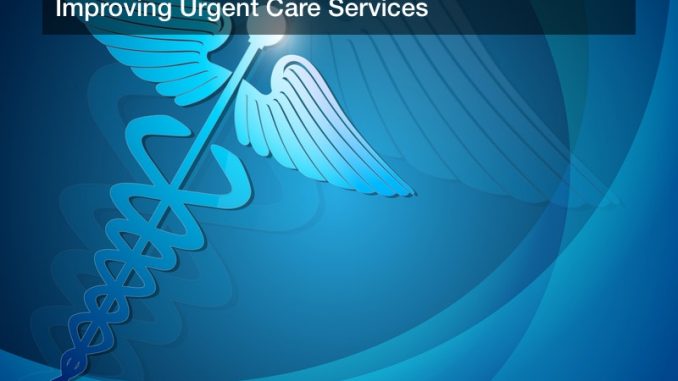

Urgent care centers are one of the segments in the healthcare market that has experienced tremendous growth. Medical professionals are there investing billions of dollars annually in new locations across the United States with the nation focus on becoming a global powerhouse in urgent care services. So far, the progress has been seamless with the main driver of the success being the need for urgent care centers being able to deliver non-emergency services. It is this shift of focus that has also seen doctors and other medical professionals target primary care service delivery in relation to healthcare. In most cases, you will find that service deliver cost for non-emergency services is relatively lower in an urgent care center compared to the charges in hospitals. In addition to this, urgent care centers are able to provide non-emergency care services especially the ones that previously used to require long waits at the ER fast. Whereas everything appears to be working out for urgent care centers, these institutions will have to adapt to the changing times and dynamics related to the nature of their business. Below are some of the things that need to do to ensure continuity of service delivery.
Ensure Seamless Service Delivery Even With an Increase in Patients
Traditionally, urgent care centers were not developed to handle a high number of patients. They were designed to handle urgent care just as the name suggests. However, there is a shift in terms of healthcare services delivery where these centers are also specializing in primary care delivery services. Medical professionals have therefore to align their internal policies with the growing number of patients seeking services from urgent care centers. Patients find urgent care centers appealing because of their ability to access to care services. A great challenge in hospitals today that cause the long lines at the ER is the registration process. Urgent care centers will therefore have to embrace technology in registration, booking for appointments for patients. Currently, it is estimated that 90% of all urgent care centers provide wait times of 30 minutes or less for patients to see healthcare providers.
Expand Services to the Aging Population
Medical professionals understand that the centerpiece of the success behind the growth or urgent care market segment is not to replace the role of a primary care physician. In 2016, over 25 percent of patients admitted to having visited urgent care centers within the last two years. With these figures in mind, medical professionals in the urgent care service delivery should target the unexploited market segment-the elderly and especially those living in nursing homes and living facilities. The idea behind this market model is that the elderly are more likely to develop health complications during off-business hours. This means that they will definitely have to be rushed to the ER for treatment. With the growth of the telemedicine concept in healthcare, emergency care centers can partner with nursing facilities and still be able to offer treatment remotely. By doing this, urgent care centers would be able to improve the quality of life for patients with minimal mobility.
Improved Electronic Medical Records
Medical professionals in urgent care centers are not meant to perform the sale role that a primary care physician would do. This is the reason why most urgent care centers do not have standardized EMRs and nor do they keep detailed information of the patients. You will find that some urgent care centers have their own EMRs that suits their specific needs. These EMRs lack standardization apart from the voluntary use of an ambulatory EMR. It is of great benefit to an urgent care center to easily transfer medical records to different locations efficiently. This will ultimately reduce the amount of time that physicians spend on the patients at the urgent care centers while at the same time improving their ways of tracking finances and data as well.